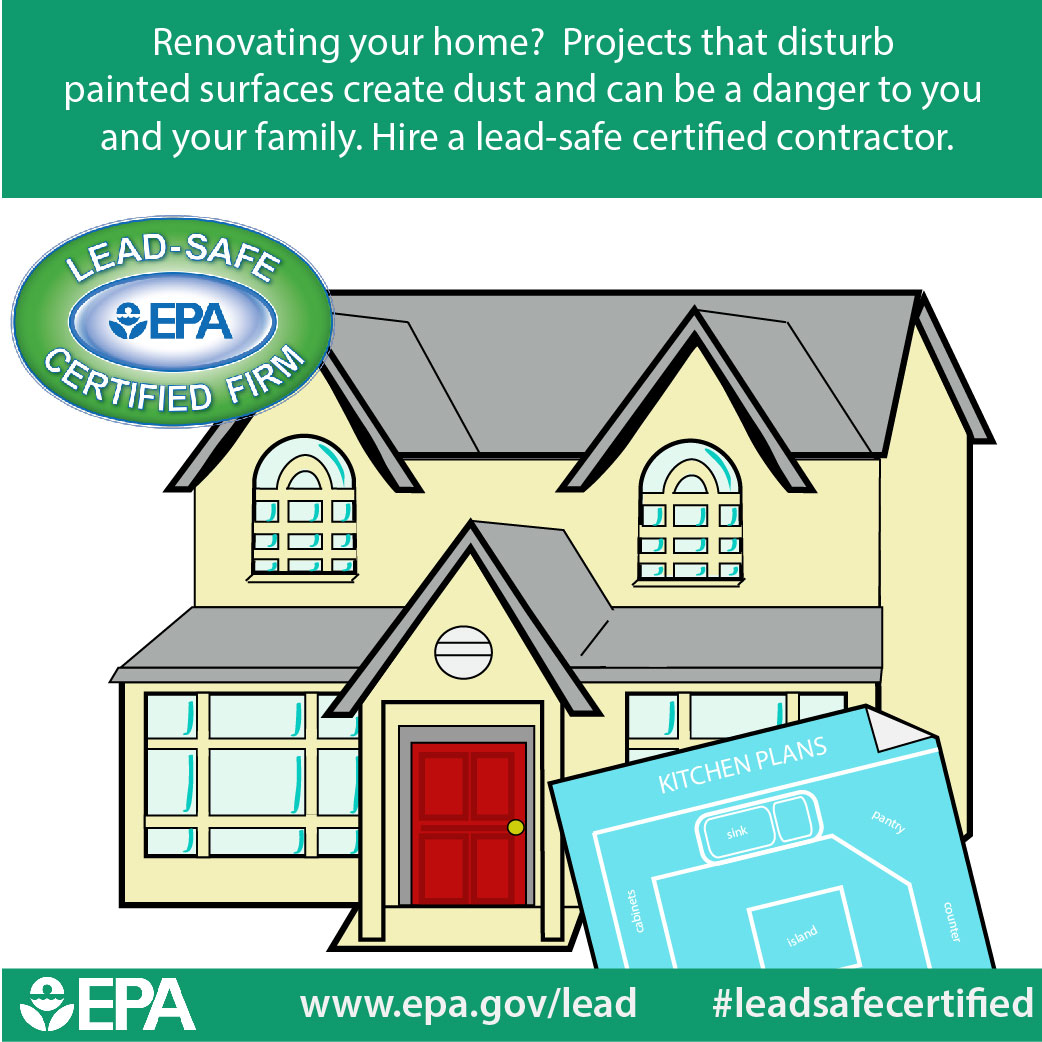Usual Paint Risks: 5 Mistakes And Their Solutions
Usual Paint Risks: 5 Mistakes And Their Solutions
Blog Article
Authored By-Mejer Krabbe
When painting, you might unwittingly make usual blunders that can impact the final appearance of your project. From picking the right paint color to guaranteeing proper surface prep work, each step plays a critical function in accomplishing a remarkable coating. By recognizing these challenges and learning exactly how to prevent them, you can raise your paint skills and develop a space that genuinely mirrors your style and interest to detail.
Incorrect Paint Color Selection
Selecting the right paint shade is essential when it concerns achieving the preferred look for your room. It establishes the state of mind, enhances the setting, and connects the room together. The wrong color choice can lead to an area that feels out of balance or clashes with the remainder of your design.
Before choosing a color, consider the all-natural lights in the area, the purpose of the room, and the existing shades of your furniture and accessories.
To prevent the mistake of choosing the incorrect paint color, start by evaluating out samples on your walls. Paint can look various in numerous illumination problems, so it's essential to see how the shade appears throughout various times of the day. In addition, don't neglect to take into consideration the undertones of the paint shade.
Warm undertones can create a cozy ambience, while great touches can make a room feel more sizable and airy.
Inadequate Surface Prep Work
Poor surface prep work before painting can substantially affect the outcome of your job. Skipping or hurrying with this important action can lead to different concerns such as inadequate paint adhesion, irregular appearance, and early peeling or fracturing. To make sure a successful paint task, take the time to correctly prepare the surface before diving right into the fun part of applying the paint.
Begin by extensively cleaning the surface area to eliminate any kind of dust, dust, grease, or mold. Sanding the surface smooth can assist create a much better bond for the paint to abide by. Fill any holes or cracks with spackling compound and sand them down when dry.
It's also vital to prime the surface before repainting to make sure much better protection and longevity.
Ignoring appropriate surface area preparation can cause a subpar coating that may call for pricey touch-ups or perhaps a complete redesign. By investing effort and time into preparing the surface correctly, you can attain professional-looking outcomes that will certainly stand the test of time.
Poor Paint Quality Selection
Before starting your painting job, it's important to pay attention to the top quality of the paint you choose. Poor repaint top quality can cause a variety of concerns, consisting of unequal insurance coverage, shade inconsistencies, and premature damage. When picking paint, go with trusted brands understood for their longevity and shade uniformity. Cheaper paints might seem like an economical choice originally, but they often do not have the necessary pigments and binders for durable outcomes.
Low-quality paints can additionally result in poor attachment to surfaces, bring about peeling or cracking not long after application. Furthermore, these paints might need even more coats to accomplish proper coverage, ultimately costing you more time and money.
To stay clear of these challenges, invest in high-quality paints especially created for the surface area you're repainting, whether it's walls, trim, or furniture. By choosing costs paint items, you can ensure a smooth application procedure and a professional-looking finish that will stand the test of time.
Unequal Paint Application
To attain a professional-looking finish on your paint project, making certain an even repaint application is necessary. Uneven paint application can cause noticeable brush strokes, streaks, and a general less than professional appearance. To prevent this mistake, make sure to properly prepare the surface before paint. Fill in any kind of holes or splits, sand rough areas, and tidy the surface area extensively.
When applying the paint, use smooth and constant strokes to develop a consistent coverage. Avoid overwhelming the brush or roller with paint, as this can result in drips and uneven spots. In addition, operate in tiny areas and mix each brand-new area with the previous one to keep a smooth coating.
If using a roller, see to it to evenly distribute the paint using a "W" or "M" pattern prior to rolling in a single direction for a smooth result. Putting in the time to make certain an also repaint application will considerably improve the overall appearance of your paint task.
Neglecting Proper Cleanup
Stopping working to effectively tidy up after finishing a paint job can lead to a variety of problems that could have been easily avoided. Disregarding appropriate cleaning can lead to dried out paint on brushes, rollers, and trays, making them difficult or difficult to reuse. Leaving https://thhcdev.github.io/mgyb-thug/venture-painting-services.html or incorrectly secured can bring about premature drying of the paint inside, wasting your resources. Additionally, not cleaning spills or splatters quickly can create discolorations on floors, furniture, or other surface areas that might be challenging to remove later on.
To avoid these troubles, ensure to clean your painting devices extensively after each use. Usage ideal cleaner for the type of paint you made use of and adhere to the producer's instructions. Seal paint canisters securely to prevent drying and keep them in a trendy, completely dry place. painters allen spills right away with a wet towel or sponge to prevent them from setting.
Correct cleanup not only preserves the high quality of your devices and materials but likewise guarantees a tidy and organized work space for your following painting job.
Final thought
Finally, by preventing typical paint errors such as choosing the wrong paint shade, inadequate surface area prep work, inadequate paint quality option, irregular paint application, and ignoring correct clean-up, you can achieve a specialist finish in your area. Remember to thoroughly consider all aspects of the painting procedure to make sure a successful end result. Happy painting!
